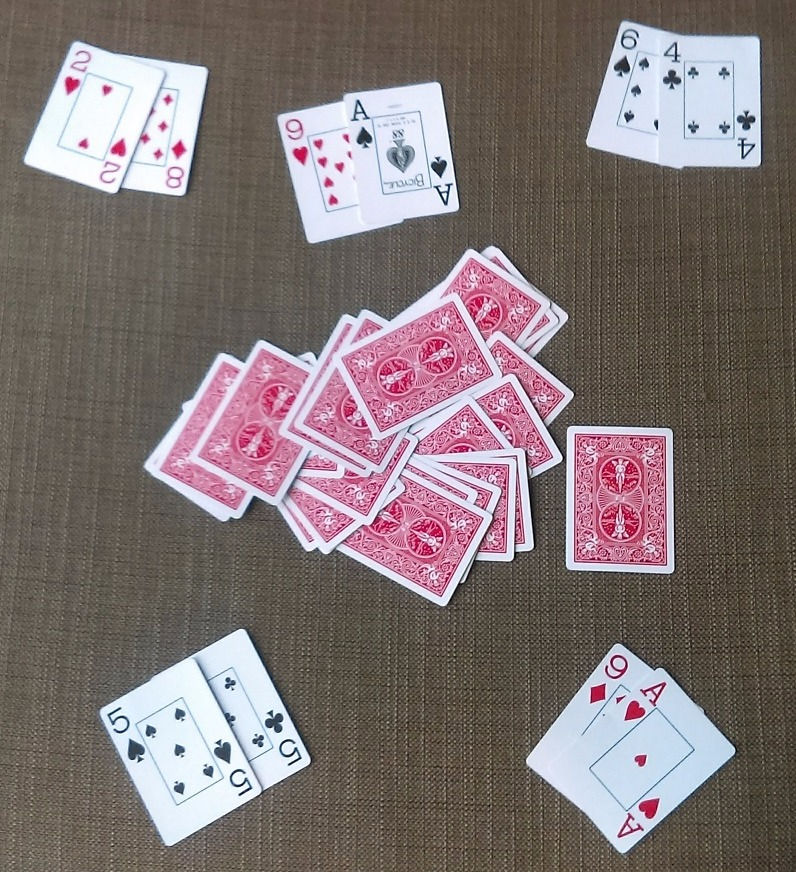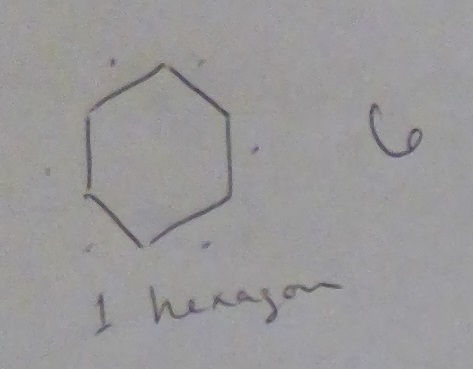Making Tens with Go Fish
- Matt Felton-Koestler
- Aug 19, 2017
- 2 min read

Last night Parker wanted to play Go Fish, so I suggested we play a new version of the game, where instead of finding pairs you have to make tens. We removed the 10's and face cards and started playing.
There are Always Multiple Strategies
I wasn't 100% sure how well Parker would do with this, but I thought P was flexible enough with ways to make 10 that it would work okay and it did. At one point P got stuck and asked "How many away is 10 from 7?" I asked "Why don't you count with your fingers?"
I expected Parker to say "seven... eight [put a finger up], nine [second finger], ten [third finger]"—essentially treating this as a joining situation ("how much more do I have to add to get up to 10?").
Instead, Parker put up 10 fingers up and said "ten... nine [put a finger down], eight [second finger down], seven [third finger down]"—essentially treating this as a take away situation ("how much do I have to subtract to get down to 7?").
Virtually every math problem can be looked at in more than one way and we do children a disservice when we teach them there is only one way to solve a problem (for instance, looking for key words in story problems or having them all practice a single technique).
Tips
It helps if the cards show all the "pips" (like the five spades showing on the card in the picture). Then a kid can count and see if they have ten.
Parker and I had made tens lots of times in other situations, so I knew that Parker would probably be okay with this. Although Parker isn't quite "fluent" in these facts, P was fluent enough that the game wasn't a burden and instead just reinforced these facts and helped with some new ones. I do think it could be frustrating for a kid who had to count every time.
I said "can we try my new rules and if we don't like it we'll play normally?"—as always, I suggest math at home be fun and follow the kid's lead.
Why This Matters
Making tens is important for developing flexibility in working with numbers. A common child-invented strategy for doing computations. For instance, when solving 28 + 7 a common strategy would be to first make a ten by breaking the seven into 2 + 5. So the strategy would be 28 + 2 --> 30 + 5 --> 35 ("28 and 2 is 30. I still have 5 left from my seven, so 30 and 5 is 35.")
Building fact families (seeing 3, 7, and 10 as a family of numbers that are related by addition and subtraction) is also important for building flexibility in working with numbers and helps children understand the relationship between addition and subtraction instead of thinking of these as unrelated operations.
Please Post a Comment!
What games do you play that could involve making tens (it might happen in the scoring or during the game)?


Comments